OUR BURNING PLANET
Antarctica: A mysterious continent filled with teeming life in need of our protection
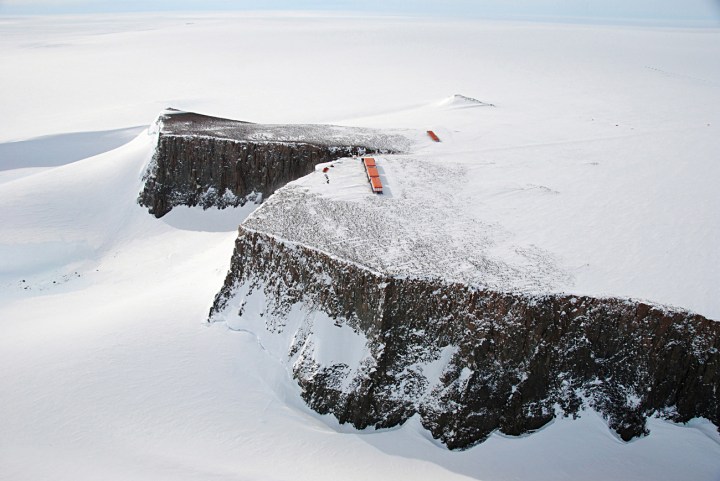
A major conservation study on Antarctica urges polar powers to stop, collaborate and listen — but will resource-hungry governments care enough about seals, penguins and whales to do so?
Wilderness is not what it seems in Antarctica — that Saint Nowhere of stupefying intensity and snowy superlatives; a liminal land unmatched in scale and feeling.
Nothing is what it seems here: from Antarctica’s biggest wildlife clinging to its smallest, life-giving fringes; to hardy communities of extremophiles, tiny ice overlords, reigning supreme throughout much of the continent.
Ant. Arctica. Prefix. Proper noun. Opposite of the top of the world. Named not for what it is, but for a photo negative of what it is not: the Arctic.
To paraphrase the poem that moves Detective Lew Archer in the 1964 noir thriller The Chill, if the “moon were a black hole in the blaze of night”, Antarctica, the explorer’s muse, would be “darker than sin”.
Antarctica’s 14-million-odd km², enclosing an elemental expanse of rock, snow, ice, mountains and subglacial lakes, may be the definitive wilderness. But it is also not. Not if a sweeping scientific assessment of the uneasy dance between the continent’s protected landscapes and its only permanent citizens — fauna and flora — is a measure of things.
Apart from tourists, their minders and an always-rotating science community, diversified forms of seals and seabirds are the only obvious life present on the continent’s curved edges: a wilderness that scientists in a new study in the journal Nature redefine as a “relatively undisturbed environment”; a more muted footnote, say, of the blinding ferocity that once drew the Amundsens, Scotts and Shackletons of the golden age.
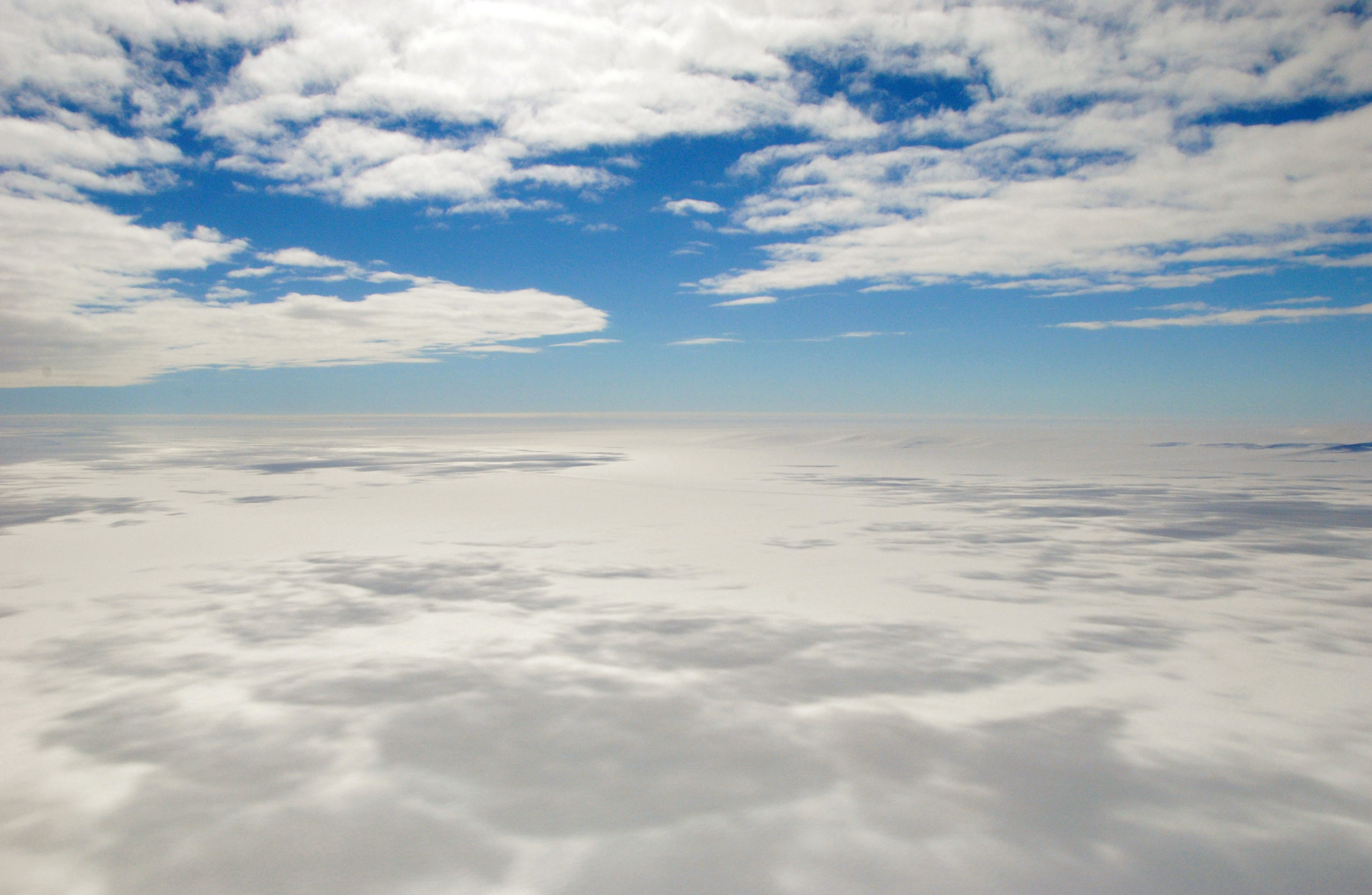
East Antarctica, an area studied by researchers and rarely seen by the public, from the view of a South African helicopter. This image was captured in early 2010 during a field visit by a South African government party to Troll, the neighbouring Norwegian station, which is based at Princess Martha Coast. (Photo: Tiara Walters)
“We use the term ‘inviolate’ in the [Antarctic Treaty] to mean areas not visited by people, rather than ‘pristine’,” study co-author Professor Steven Chown, of Australia’s Monash University, explained in an interview with Daily Maverick. Chown was part of a team who included researchers from Australia, South Africa, New Zealand and the Netherlands.
With a peak summer population of around 5,000 scientists and support staff, the Antarctica of the 2020s, then, is a place of at least some disturbance. And in this latest study it becomes clear just how far the Antarctic Treaty’s Protocol on Environmental Protection — the 1991 agreement that sets aside the continent as a natural reserve devoted to peace and science — has to go to achieve its aims.
From the Antarctic Peninsula in the west, to the Prince Charles Mountains in the east, disturbance is such that nearly 70% of Antarctica has been impacted by a tide of human fascination. Every austral summer, curiosity seekers arrive by the thousands in the form of adventurers, tourists, scientists and government people; and, the more curious they grow, the more areas they seem to visit.
Yet up to now, despite all the human hours logged here during 200 years of exploration, a true scale of Antarctica’s protected wilds, and how much biodiversity lived within its harsh embrace, had eluded polar science.
These uncertainties laid before the Nature research team a task no other science effort had achieved: building a diorama of human activity in the 200 years leading up to 2018.
To do this, the researchers stitched together a reference of 2.7 million records, tourism data, myriad publications and many more scientific databases. All this adds up to an ambitious exposé, illustrating just why far-reaching conservation expansion in Antarctica is so utterly pressing.
“We know Antarctica has no cities, agriculture or industry,” Wits University reveals in a statement. “But we have never had a good idea of where humans have been, how much of the continent remains untouched or largely unimpacted, and to what extent these largely unimpacted areas protect biodiversity.”
This study changes that.
But this is where things get weird. Even though we can still think of 99.6% of the continent as wilderness, these relatively undisturbed parts do not include much biodiversity.
Less than 7% of ‘important’ wildlife persists in ‘wilderness’
Adélie penguins in their feisty mobs, leopard seals of the frigid depths, skuas gangsterising southern skies — these charismatic animals and kin represent “much” of Antarctica’s “important biodiversity”, the study says. And they tend to dwell in more hospitable, ice-free areas.
Keen to find these ice-free areas? Just look for the bits on the map that attract the most human visits, Chown quips.
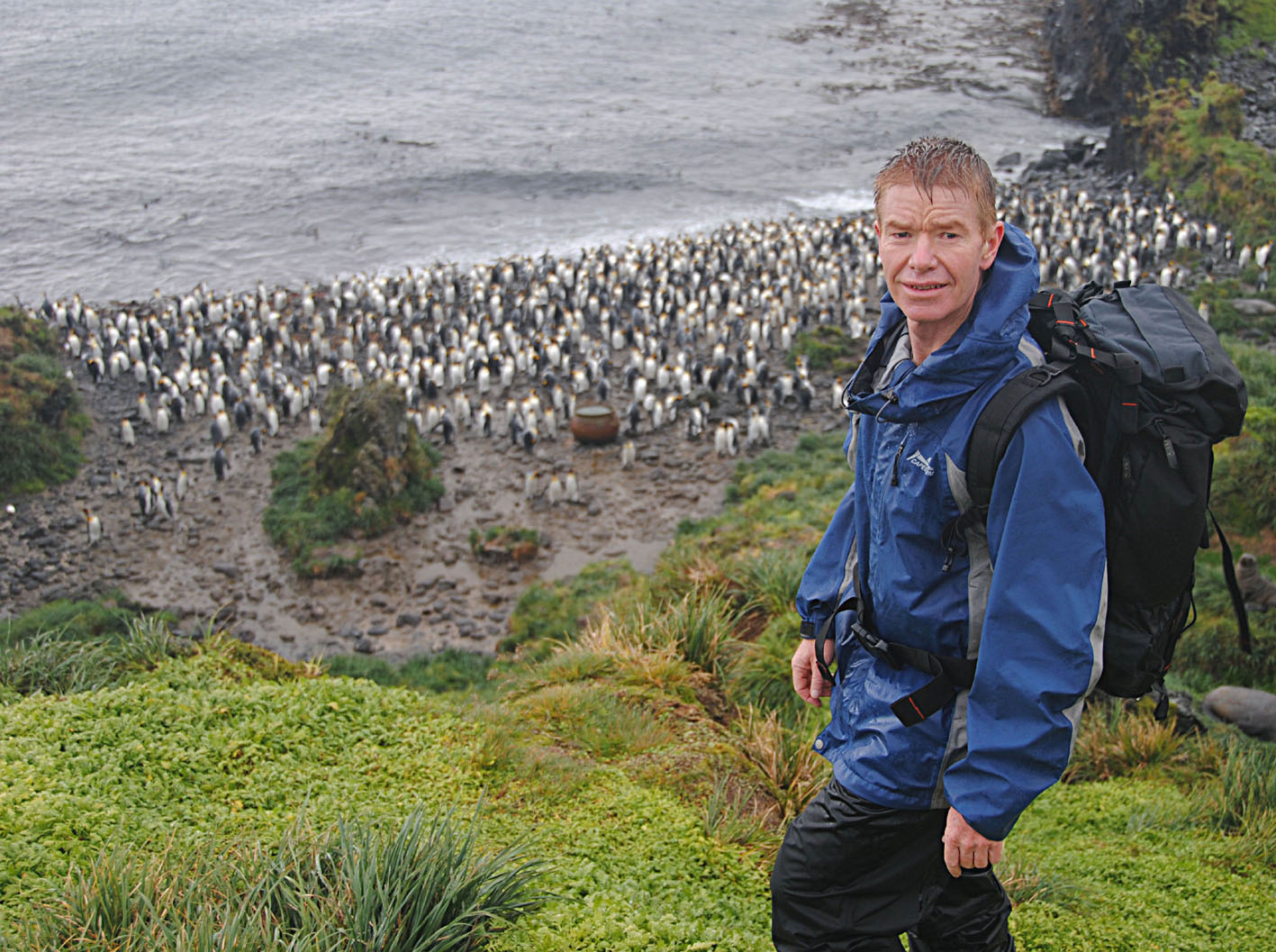
South African-born researcher Professor Steven Chown during a 2011 field visit to a king penguin colony at Marion Island in the sub-Antarctic. The cast-iron ‘trypot’ on the beach, used to extract seal blubber in a different era, had been left by sealers, an industry that was active until the early 1900s. (Photo: Tiara Walters)
“In a region often thought of as ‘remote’, we showed that human activity has been extensive, especially in ice-free and coastal areas where most biodiversity is found,” adds Dr Bernard Coetzee of Wits University’s Global Change Institute. He helped conceptualise the study and mapped human activity.
In 2019-20 alone, according to the International Association of Antarctica Tour Operators, 18,500 cruise-only passengers and 55,600 land-fall tourists spilled into the region, particularly on to the Antarctic Peninsula. These numbers are up substantially from the previous year. In 2018-19, just 10,900 cruise-only passengers and 44,600 land-fall tourists were recorded.
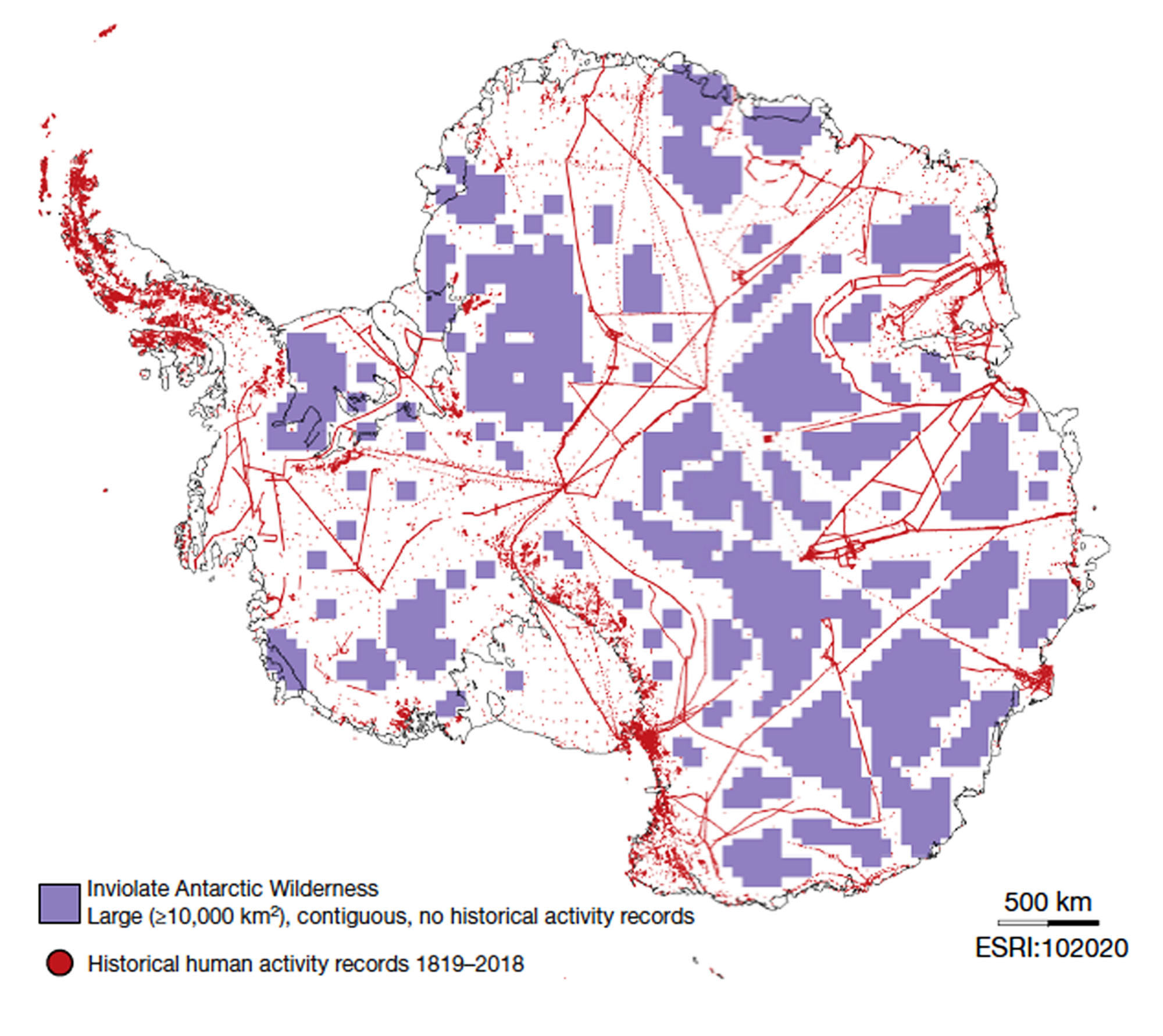
The extent of human activity records as depicted in the Nature study. © Leihy, RI; Coetzee, BWT; Morgan, F et al. Antarctica’s wilderness fails to capture the continent’s biodiversity. Nature 583, 567–571 (2020)
Research stations, mostly dotted around the edge of the ice shelf, often creep into important biodiversity areas.
“I was surprised at how much of Antarctica has been visited,” concedes South African-born Chown. He is also president of the Scientific Committee on Antarctic Research which has studied the continent since 1958.
As for considerable stretches of the continent that, by contrast, have experienced negligible impact: these hold just 16% of important bird areas and a quarter of safeguarded areas.
“Less than 7% of more than 23,000 species records in the Antarctic Terrestrial Biodiversity database were found to occur in areas classified as wilderness,” the study notes. It adds: “Pristine areas, free from human interference, cover a much smaller area (less than 32% of Antarctica) and are declining as human activity escalates.”
“The situation does not look promising initially,” admits lead author and PhD student Rachel Leihy, also of Monash University. “But the outcomes show that much opportunity exists to take swift action to declare new protected areas for the conservation of both wilderness and biodiversity.”
Or, in the study’s words, the “urgent expansion of Antarctica’s network of specially protected areas”.
Originally signed by only 12 countries including South Africa, the Antarctic Treaty bans mineral mining, aggressive military activities, nuclear explosions and nuclear-waste disposal.
Just more than 40 additional countries have ratified it since its 1959 signing in Washington. Their mandate is to bulwark one of the world’s greatest relatively undisturbed wildernesses, seen as common heritage, against unchecked expansion.
Many parties have staked territorial claims. But as long as the Treaty holds, theoretically in perpetuity, claims are ceremonial, preserving everything below 60°S for peace and science.
This should make the Treaty a benchmark for our belligerent, rapacious species, but the study shows that destructive human incursions in the name of peace and science are still possible.
“Arguments have been made that, from a legal theoretical perspective, the whole of Antarctica can be considered a wilderness with the highest global level of conservation protection,” the study says. “Such theoretical assessments are rendered empirically inaccurate by the escalating extent of human impacts.”
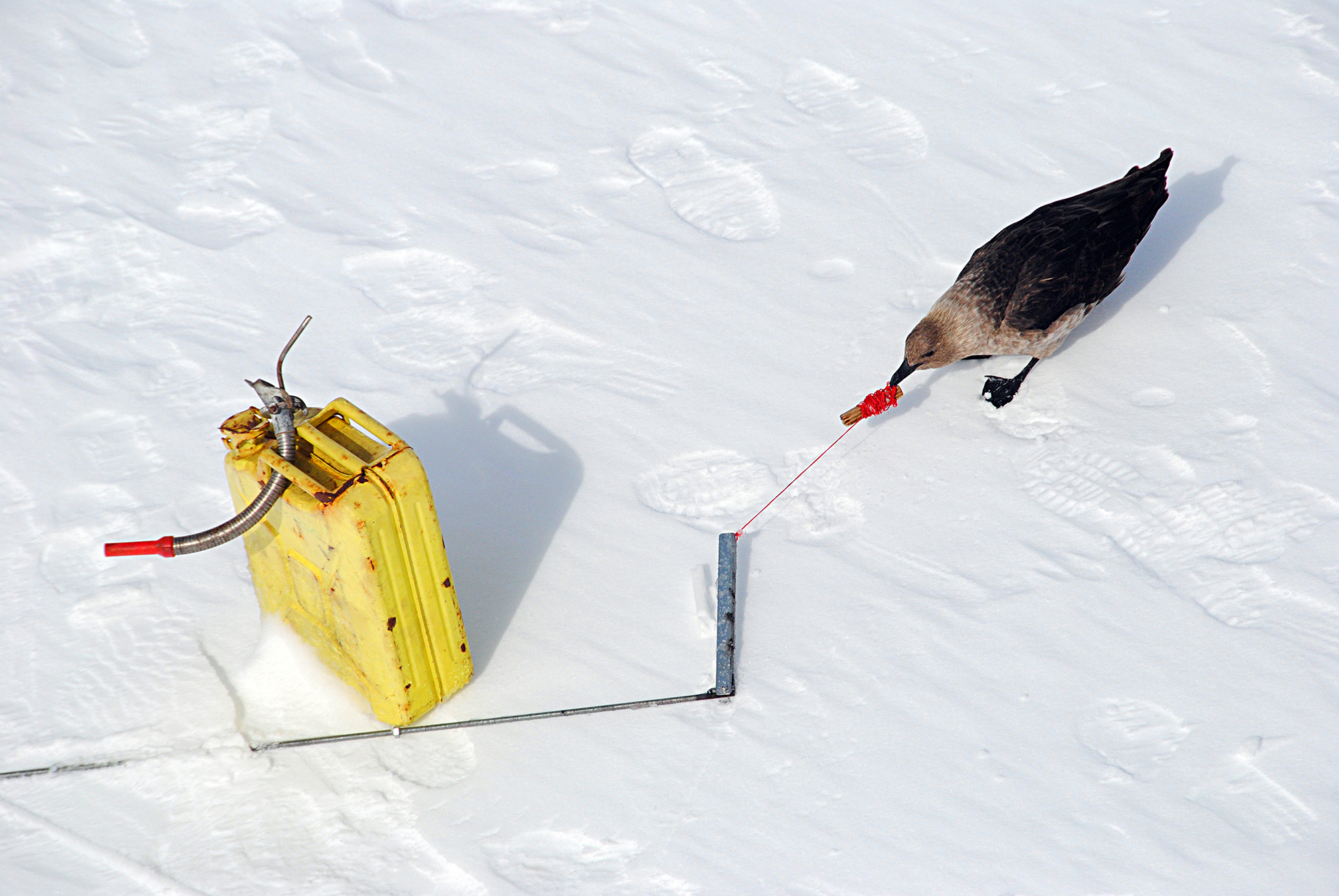
A South Polar skua latches on to offloading equipment during a 2010 cargo operation on the edge of the Dronning Maud Land ice shelf. (Photo: Tiara Walters)
The Treaty’s mechanism for specially protected areas “affords Antarctic Treaty parties the ability to provide added protection to sites”.
However, only two “small” specially protected areas under the Environmental Protection Protocol have been established as “inviolate areas” — and even here “they have previously been subject to human activity”, the study says. “Antarctic wilderness values remain unprotected from the impacts of growing scientific activity and infrastructure, and from tourism.”
If “important” species clusters such as seals, penguins, whales, orcas, albatrosses, gulls, petrels, skuas and terns are facing incursions, other scientists argue that we should spare a thought for smaller, but no less significant, life.
In the Antarctic interior, for instance, the greatest beast is a wingless midge.
Ice through the looking glass
The richness of Antarctic life is, in fact, a tribute to petite universes existing at mammoth ratios of complexity, says Professor Ian Meiklejohn, head of Rhodes University’s geography department.
Meiklejohn specialises in landscape processes of Antarctic ecosystems and calls the paper an “important step to developing a management system to protect areas for current and future research … sooner rather than later.”
He was not involved in the study.
But the data, the Antarctic veteran cautions, is “coarse”.
Extreme life such as moss piglets (plump micro beasties with eight legs) and lichen are rendered largely inaccessible in the realm beyond the shelf, otherwise known as the thick band of ice that wraps around Antarctica.
Yet, it is here that the minute detail of Antarctic diversity unfurls — “way beyond ice-free areas and seals, penguins and other birds”, says Meiklejohn.
Covering some 2.7 million kilometres, East Antarctica can be subdivided “further than what has been presented”, he suggests.
“Significant biodiversity exists at centimetre, millimetre and micro scales. This is where considerable effort is required. There is even a lot of life underneath the ice and some in the ice itself,” he says.
Meiklejohn describes “large water bodies found under the ice” — subglacial lakes.
These alien water worlds “could be populated by lifeforms that are hundreds of thousands, if not millions of years old”, he says. “This means we have the potential to investigate how biodiversity responded to broader variations in the past, which allows us to predict what may happen in the future. The downside is that the moment humans enter the lakes, by drilling through the ice, they contaminate it.”
The slightest changes can unleash havoc on a natural laboratory that human ingenuity cannot replicate.
“Processes in Antarctica can sometimes be slow. To get from snow to ice takes anything from 100 years at the coast, to 30,000 years in the middle of continental Antarctica. Precipitation is low, with the rainfall equivalent of about 200mm at the coast to only a few millimetres in the interior,” he says.
“A rock outcrop gets exposed by retreating glacial ice and may result in very rapid changes in biodiversity. All this makes studying biological systems very difficult.”
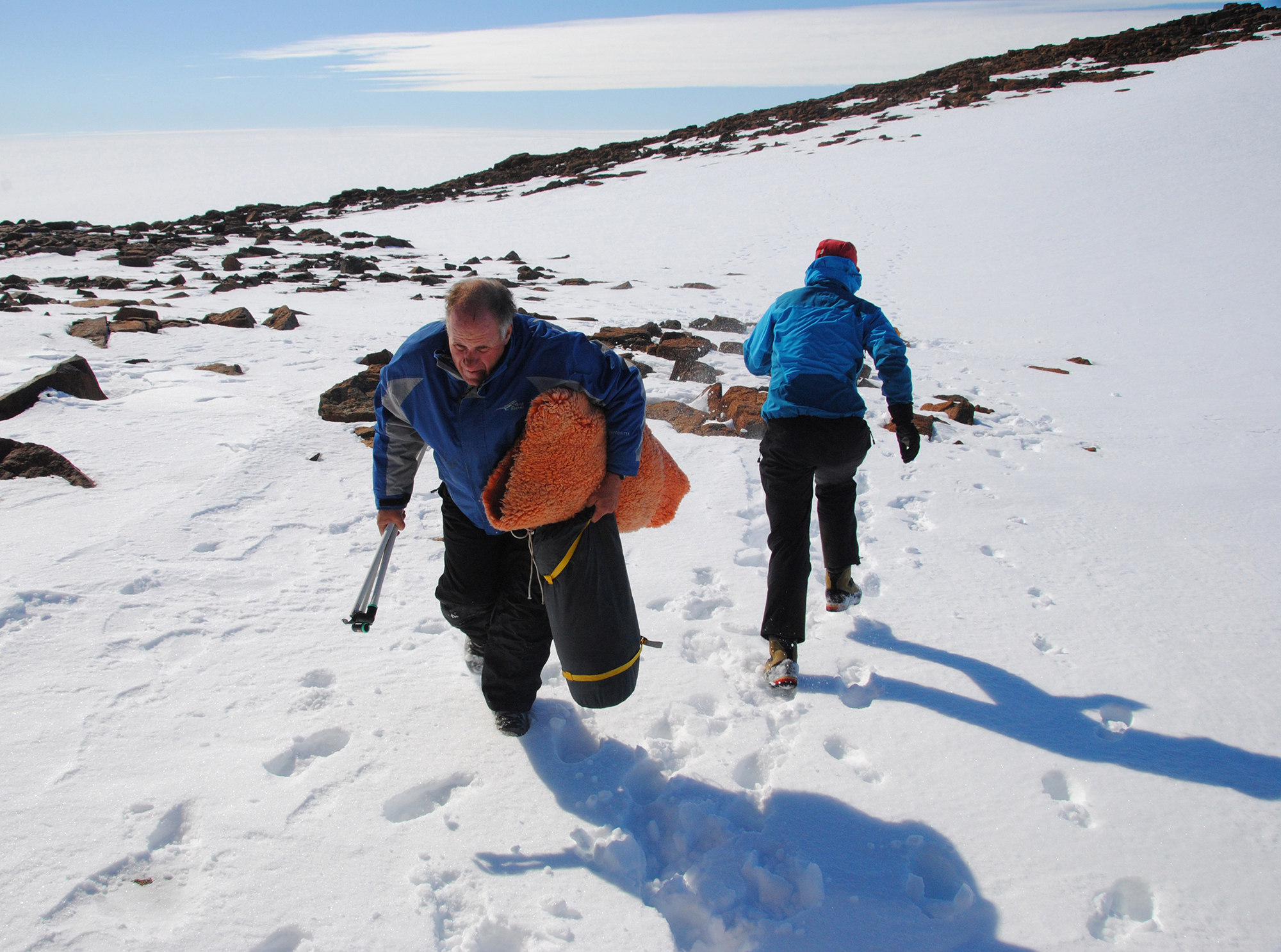
Rhodes University’s Professor Ian Meiklejohn and colleague Dr Jennifer Lee backload gear into a helicopter after surveying Johnsbrotet nunatak, East Antarctica, in 2010. Operations are expensive and time is of the essence, even in good weather. Meiklejohn and Lee had spent the day on this snow-covered peak studying periglacial landforms and sampling for invertebrates (springtails and mites). (Photo: Tiara Walters)
The continent is also vital as a “global early-warning system” of the climate crisis, and its sedimentary records are sending us a warning for the ages.
“It appears that the response of the Antarctic ice cap is similar to what happened in the Pliocene, five-million years ago, and this was the last time global CO2 levels reached current levels,” Meiklejohn says.
“The global seas then rose between 18m and 23m.”
On a wingfoot and a prayer
Antarctica is a massive, interconnected organism.
What a cell is to the human body, a seagoing snail is to the Southern Ocean, the body of water that encircles Antarctica.
That’s why any conservation approach to Antarctica “should treat the idea of wilderness protection to cover the continent/ocean/sea-ice continuum,” says Dr Pedro Monteiro, chief oceanographer at the CSIR Carbon-Climate Observatory for the Southern Ocean.
He did not work on the paper, but praised it for making a “well-researched case for urgent action to limit further damage to Antarctic ecosystems”.
“Protection should anticipate the evolution under climate change of both terrestrial and ocean habitats”, paired with “sustained, long-term observations spanning ocean, atmosphere and terrestrial systems”, he says.
Monteiro also recommends declaring a “key seasonal ice zone around the continent” — that’s because sea-ice cycles are seasonal and Antarctic wildlife “depends mostly on the ocean food webs and ecology”. This, in turn, links back to thawing and freezing ice.
Add to this the human-driven spectre of climate change, already swirling through the Antarctic system.
“The Southern Ocean in this very high latitude is vulnerable to three major climate drivers: shrinking seasonal sea ice from changing ocean circulation, global warming and increasing CO2,” Monteiro explains.
As human fossil fuels acidify seawater, sea snails find it harder to build their shells. No shells, no sea snails (“wingfoot” in Greek) — and sea snails, propelled by wing-like feet, are key to local food webs. So are krill, pen-sized crustaceans threatened by changing ocean temperatures and decreasing sea ice.
Sea snails and krill are “keystones to the integrated terrestrial-ocean continuum ecosystems and their biodiversity”, Monteiro urges.
“A multi-stressor approach will be important to understand today’s and the future’s needs for conservation habitats.”
Who will line up for the penguin encore?
In 2048, the Treaty’s Environmental Protection Protocol may be altered for the first time in 50 years and, while Chown says “the requirements for change to the Protocol are so onerous nobody expects much change to happen”, change is not off the table either.
In the event change does happen, it would likely involve thorny issues around resource extraction.
For its part, the South African government’s environmental ministry has been keen to stress its support of the Nature study’s call to advance Antarctic safeguards.
“Biodiversity is not homogenous throughout the continent and therefore the call for the expansion of Antarctica’s network of specially protected areas is essential,” it says in a statement to Daily Maverick. This would “require an evidence-based, pragmatic approach to ensure the trade-offs are well managed in terms of its impacts on existing sustainable tourism activities.”
The ministry cites the impact of “increasing numbers of tourists to Antarctica over the years” as a phenomenon that greater protection would help address. Urgently upscaling protected areas could also, the ministry says, reverse the decline of pristine areas and secure the continent’s biodiversity.
Crucially, it notes the study “resonates” with South Africa’s new draft “policy framework in relation to Antarctica and the Southern Ocean”.
Released at the end of July for public comment, this draft strategy declares that it “seeks to promote and maintain the special nature and ecological integrity of Antarctica and the Southern Ocean”.
Praising the study for its “high quality, objective and independent scientific advice”, the ministry even suggested that the research could be tabled at the next Treaty meeting, to be “duly deliberated and translated into policy”.
Thus — and one can almost hear the seal and penguin encore here — this could mean “adopt[ing] the recommendations and propos[ing] a process for implementation”.
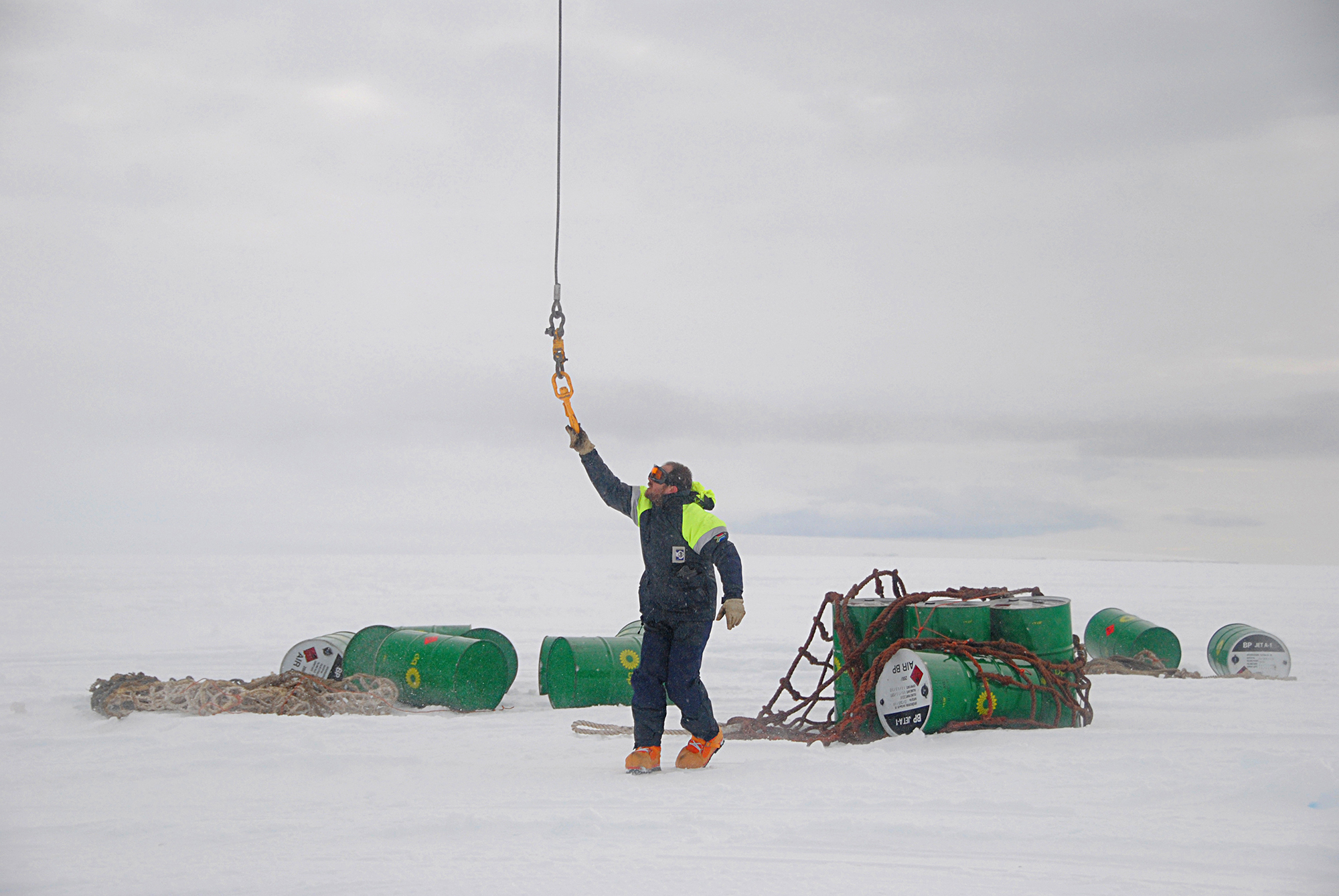
The South African Defence Force offloads fuel for the research station Sanae IV at RSA Bukta, Dronning Maud Land, 2010. (Photo: Tiara Walters)
While encouraging, the statement did not explain how the ministry intends to nudge the likes of Brazil’s Jair Bolsonaro, India’s Narendra Modi, China’s Xi Jinping and Russia’s Vladimir Putin into line to bow for clapping seals and penguins. (The latter two leaders have been championing Sino-Russian cooperation in the Arctic as well as intensified engagements in Antarctica.)
However, the draft strategy does provide some clues to how much the ministry and its executive agency for Antarctic matters, the South African National Antarctic Programme, value their south polar alliance with BRICS partners Brazil, Russia, India and China, each of which is a voting member to the Treaty.
To strengthen South Africa’s “positioning, role and influence” in the Treaty, and “maximise” the African agenda’s “visibility and assertiveness”, the draft strategy lists as key goals “[establishing and maintaining] effective geopolitical alliances”; as well as “[leveraging] relationships and opportunities within the BRICS community”.
Stop, collaborate and listen
Echoing the South African government’s wider focus, Chown is also not keen to highlight any one nation’s importance in south polar geopolitics and the conservation of Antarctic nature.
“The key to all conservation of Antarctica and the Southern Ocean is thoughtful, reasonable collaboration about goals. In a world where the norms of democracy are being so eroded in various countries, it’s this that worries me long-term rather than any single country player,” he says, a sentiment that emphasises the weight of alliances in one of the globe’s most important international spaces.
He is nonetheless encouraging of South Africa’s strategic environmental role.
“South Africa has an exceptional history of strong conservation planning science and government agencies that act on the evidence. It’s a reason for South Africa to be especially proud of its achievements,” he says, describing the country as “the nation that essentially represents the whole of Africa’s interests for the Antarctic region [with the exception of Namibia, a member of the Convention on the Conservation of Antarctic Marine Living Resources]”.
The Treaty’s purview may have its limits, but it represents the only global agreement of its kind.
And if 70% of the world is covered in water, it’s a sobering factoid to ponder that the Antarctic ice sheet — nearly 5,000m deep at its thickest point — contains 70% of the world’s freshwater.
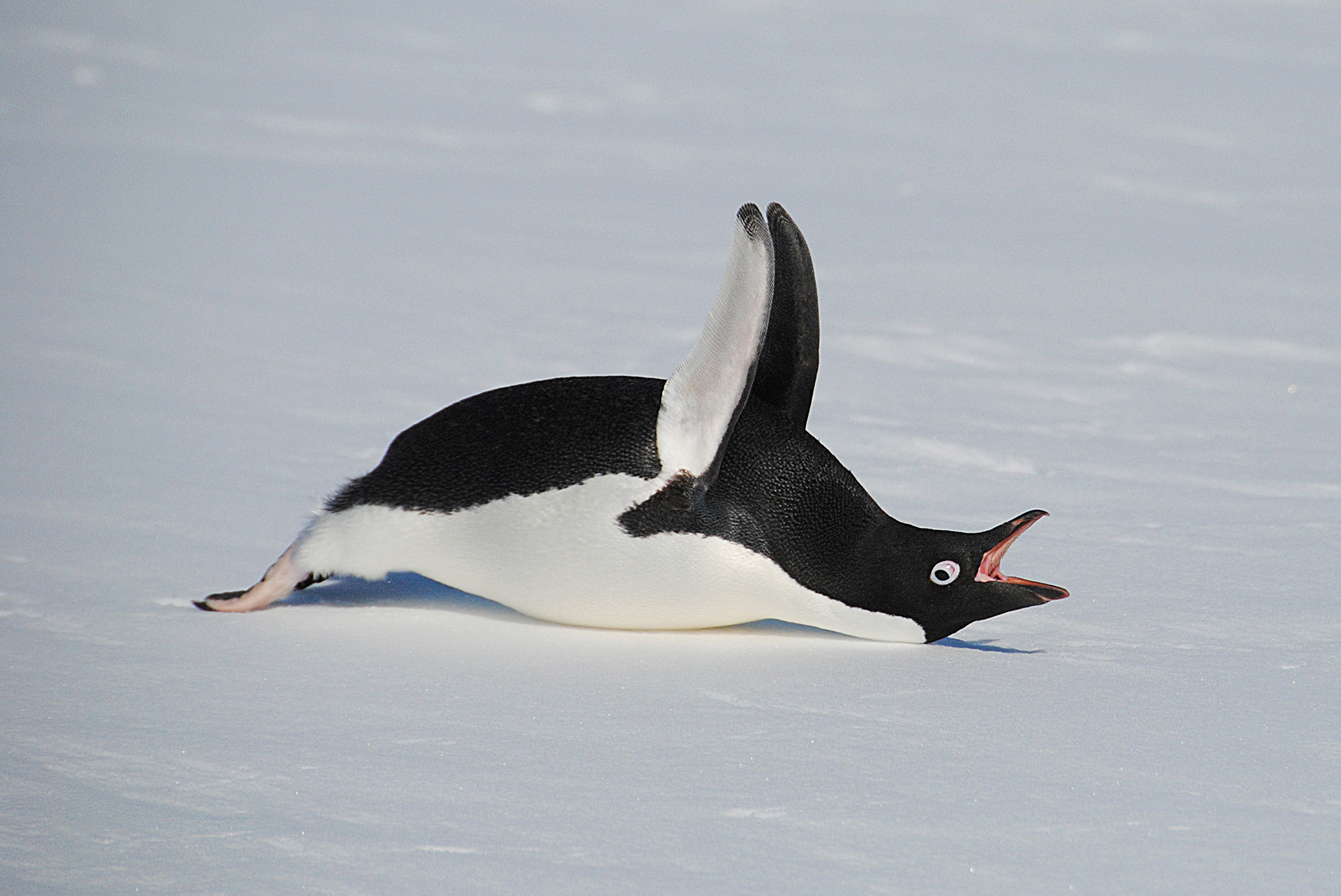
Stretching its wings and yawning, an Adélie penguin awakens after slumbering on the ice, Dronning Maud Land, East Antarctica, 2010. (Photo: Tiara Walters)
For now, the international community has no choice but to make the Treaty work, Chown presses.
“The parties are those who largely also conduct science in, from and about Antarctica and the Southern Ocean,” he says. “Ongoing science about these regions is essential for understanding and mitigating climate change. A well-functioning treaty helps deliver the collaboration essential for the big science needed to address these big questions.”
He adds: “We should be thinking about what our global intentions are for the continent. Thus, the [Treaty’s Environmental Protection Protocol] declares it a natural reserve devoted to peace and science. We need to think clearly about what the trade-offs are between conservation, science and other uses and how that fits with global aspirations for Antarctica. And by that I also mean civil society’s aspirations, not just those of governments.” DM/OBP
The full study, “Antarctica’s wilderness fails to capture continent’s biodiversity”, can be accessed here.
The South African Department of Environment, Forestry and Fisheries released its “Draft Antarctica and Southern Ocean Strategy” for public comment at end July. The public has 60 calendar days from the date of release to provide feedback on the strategy. The full document can be accessed here.
Our Burning Planet’s Tiara Walters has a special interest in polar matters. In 2010 she became the first female journalist to oversummer with South Africa’s National Antarctic Programme in Dronning Maud Land. She has written on Antarctic as well as sub-Antarctic matters, including for the American Polar Society’s Polar Times and the Lonely Planet Guide to Antarctica.
In May, Walters was due to attend the 2020 Antarctic Treaty Consultative Meeting in Helsinki, which was cancelled due to the Covid-19 pandemic. The next meeting is set for Paris in 2021. Dates are yet to be announced.











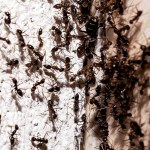










 Become an Insider
Become an Insider